
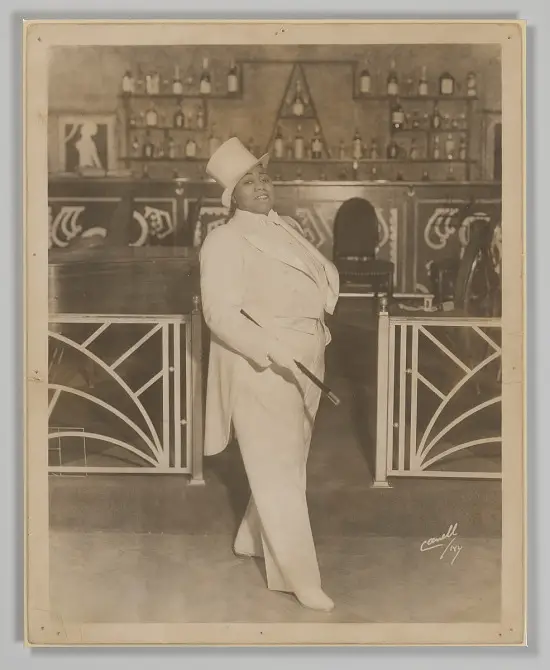
Looking back into history, the 1920s was a time marked by intense racial and sexual discrimination. In the South, Jim Crow laws were in full effect, leaving African-Americans as second class citizens. Throughout the country, KKK membership expanded to almost 4 million, only worsening racist violence. LGBTQ Americans also faced similar discrimination, with homosexuality being labeled as a mental illness, and the media spreading homophobic stories of sensationalized sex crimes.
During this period of intense discrimination, blues singer Gladys Bentley, a queer African-American woman, managed to overcome these obstacles and become one of the most popular entertainers of Harlem. In doing so, Bentley not only made a name for herself, but also paved the way for future generations of LGBT artists to succeed.

Gladys Bentley was born in 1907 in Philadelphia, PA to an African-American father, and Trinidadian mother. From a young age, Gladys pushed the constraints of gender expectations, often wearing her four younger brothers’ suits to school. As she recalled to Ebony Magazine later in her life: “It seems I was born different. At least, I always thought so…From the time I can remember anything, even as I was toddling, I never wanted a man to touch me…Soon I began to feel more comfortable in boy’s clothes than in dresses.”
Sexual discrimination marked Gladys’ childhood in Philadelphia. Her classmates often mocked her for being overweight, and dressing too masculine. In addition, following a crush on a female teacher, her parents forced Gladys to see doctors in failed attempts to “cure” her lesbianism. Gladys’ way of dealing with this childhood trauma was writing and performing songs. Wanting to seek freedom from this discrimination and true expression, Gladys ran away to New York City at age 16.
Harlem’s Gay Club Scene
Following the passage of the 18th Amendment in 1919, which prohibited the sale of alcohol, Harlem’s clubs went underground. Venues like the Cotton Club, Connie’s Inn, and the Savoy Ballroom became hubs for entertainment, African American arts, and stigmatized activities. Vendors sold crab, peanuts, and cannabis, and everybody – including the neighborhood police – were engaged in illicit lotteries. In these Harlem nightclubs, the Harlem Renaissance truly blossomed. Soon, entertainers like Cab Calloway and Ethel Waters became some of the most well known celebrities not only in New York, but the whole country.
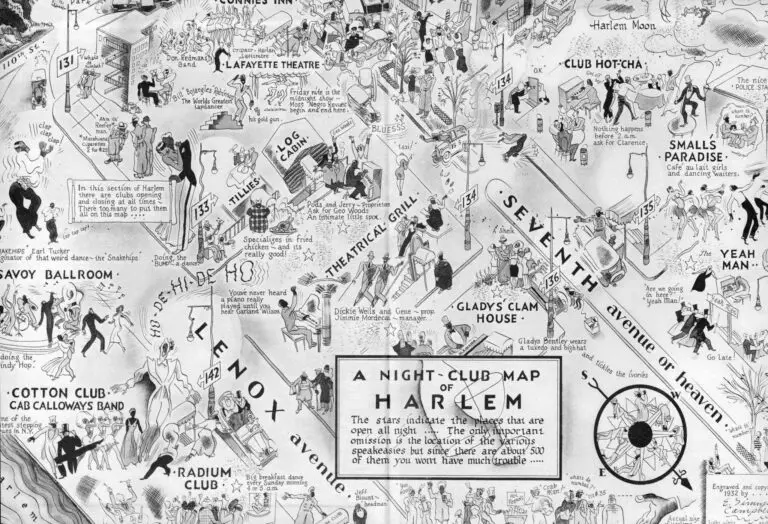
This flourishing of the nightclub scene came with a public fascination with the LGBT community in New York City. During the “Pansy Craze” of the 1920s and 30s, queer performers were more visible and successful than ever before. Throughout Harlem, Greenwich Village, and Times Square, drag balls captivated audiences. At these events, women could be found in tuxedos, and men in stockings and makeup. As the African-American newspaper The New York Age reported, “Wigs, where necessary, were in evidence.”
While homophobic discrimination did exist, Manhattan was much more tolerant of the LGBT community than much of the country. While some identified publicly as queer, many people did not associate with any identity at all. As Harlem Renaissance artist Richard Bruce Nugent said “You just did what you wanted to do. Nobody was in the closet. There wasn’t any closet.”
Career in New York
The active club scene, and more widespread acceptance of openly queer lifestyles allowed Gladys Bentley to rise to stardom in Harlem. Following her arrival in New York, Bentey made a name for herself at rent parties across the city. At these rent parties, artists would perform and pool proceeds made to help low-income tenants pay their rent. These parties provided African-American New Yorkers a forum to dance, enjoy Black art, and form a sense of community. It was at these rent parties that Bentley built the connections that forged her later career. At one such party, Bentley got the chance to audition for 133rd Street’s Mad House, which needed a male pianist. This position would launch her career into New York’s nightclub scene.
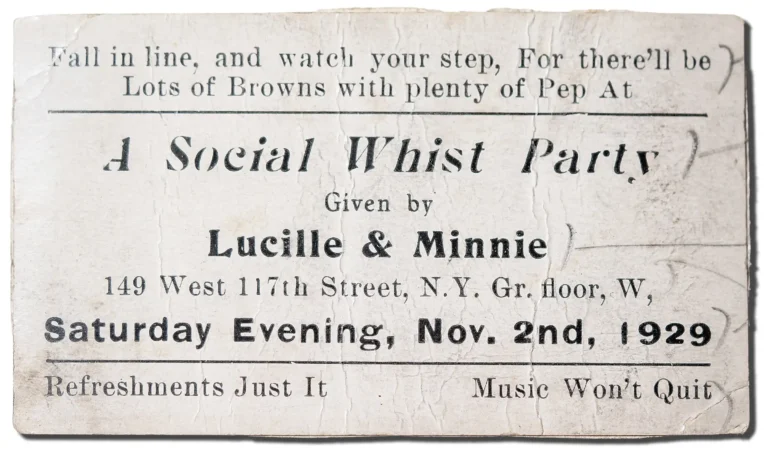
Bentley soon found work as a performer at Harry Hansberry’s Clam House on 133rd Street. The Clam House – one of the city’s most visible gay speakeasies – allowed Bentley’s career to flourish. She made a name for herself with her deep alto voice, and piano skills, which she used to cover classic songs. What made Bentley stand out was the raunchy lyrics she would add to these classic covers, which both enthralled and shocked audiences. One such example was her cover of “My Alice Blue Gown” from the Broadway musical Irene, which referenced anal sex.
“And he said, ‘Dearie, please turn around’ And he shoved that big thing up my brown. He tore it. I bored it. Lord, how I adored it. My Sweet Little Alice Blue Gown”
– Gladys Bentley’s cover of “My Alice Blue Gown”
These racy lyrics, as well as the spectacle of Bentley’s live performances made her famous among Harlem’s performers. Bentley’s 250-pound figure, dressed in an iconic black tuxedo and hat, enamored audiences regardless of race of sexuality. During performances, Bentley would often flirt with women in the audiences in her deep gruff voice. For many, the illicit nature of her lyrics and performances played into the underground nature of the club scene during prohibition.
Throughout her heyday in the early 1930s, Bentley enjoyed performances across New York, and record releases. In 1933, Bentley headlined the Cotton Club, and Apollo Theater, some of the most famous in New York City. In the early 1930s, Bentley also released eight singles on record, and hosted her own weekly radio program.
With Bentley’s success also came scandal. She shocked the public with the announcement of the marriage to her white female lover in a New Jersey civil union. While there is no official documentation confirming this marriage, it speaks to Bentley’s openness about her sexuality and ability to control public attention.
“An amazing exhibition of musical energy—a large, dark, masculine lady, whose feet pounded the floor while her fingers pounded the keyboard—a perfect piece of African sculpture, animated by her own rhythm.”
– Langston Hughes
The pinnacle of Bentley’s Career however, was her residency at the Harlem’s Ubangi Club from 1934-37. A former speakeasy, the club was rechristened following the repeal of prohibition in 1933. The club’s name evoked voodoo, marketing it as a place both exotic and mysterious. At the club, Bentley performed her self-produced musical revue, backed by eight male dancers in drag. This success, however, began to wane following the end of prohibition. Soon, as queer acts fell further out of favor, police raids and harassment became more commonplace.
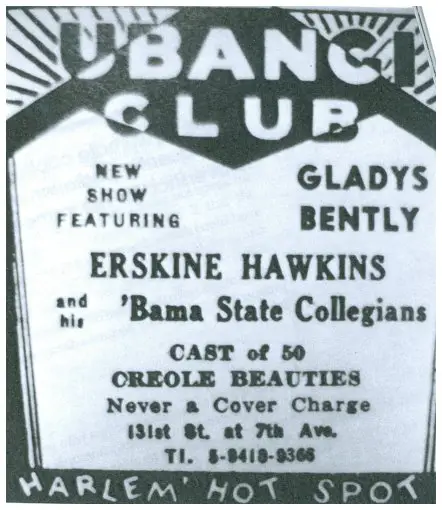
Wanting to escape homophobic harassment in New York City, Bentley relocated to Los Angeles to live with her mother in 1937.
Later Life
Bentley’s career in California had a brief resurgence, first in Los Angeles then San Francisco. In the 1940s, the West Coast was marginally more tolerant of queer lifestyles than the rest of the country. Following her relocation, Bentley continued to record music, and perform at gay and lesbian bars in San Francisco. These performances, were often toned down versions of her explicit acts from the 1930s.
Part of the reason for this self-censoring was the influence of McCarthyism in the 1940s and 50s, which saw increased targeting of LGBT performers. California, while more tolerant, was not devoid of homophobic harassment. In one case on August 8, 1947, Bentley was prevented from performing at Los Angeles’ The Jade due to a police raid.
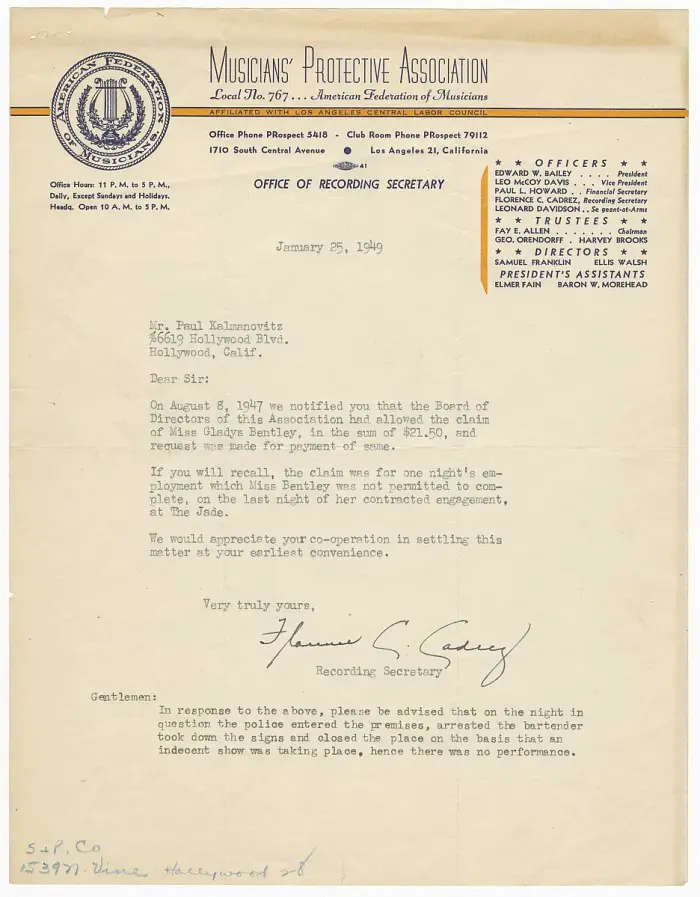
By the late 1950s, Bentley had almost completely disavowed her previous life and sexuality. In 1952, Bentley married Charles Roberts, a cook from Santa Barbara, and claimed to have previously married and divorced two men. Also in 1952, Bentley in an interview with Ebony magazine declared, “I am a woman again.” She claimed, “like a great number of lost souls, I inhabited that half-shadow no man’s land which exists between the boundaries of the two sexes,” stating she underwent hormone therapy to “cure” her lesbianism. In public, Bentley began wearing dresses, and decorated her hair with flowers. Many view this either as a reinvention to survive the homophobic tides of McCarthyism, or an attempt to conform to the heteronormative attitudes of the US.
Following a final 1958 performance on the Groucho Marx show “You Bet Your Life,” Bentley succumbed to illness, eventually passing away of pneumonia in 1960. At the time of her passing, Bentley was only 52 years old.
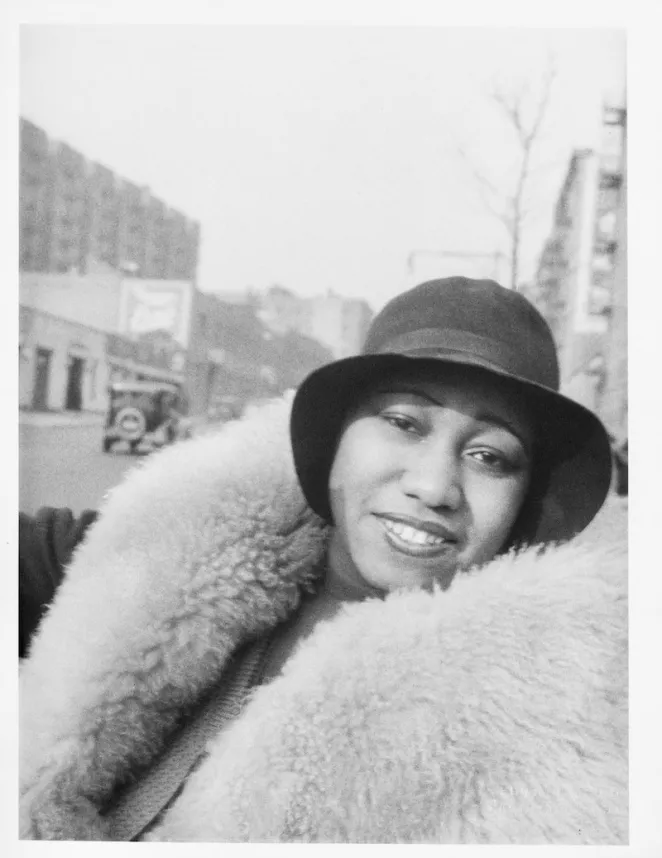
Legacy
Bentley, while often overlooked, paved the path for many African-American and LGBT artists in the decades since her passing. One artists in particular who has taken influence from Bentley’s work and image has been Janelle Monae. Following the release of her 2010 debut The ArchAndroid, Monae sported an androgynous black and white tuxedo, a public image highly reminiscent of that which propelled Bentley to Stardom almost a century earlier.
Gladys Bentley, while being one of the most popular performers of the Harlem Renaissance, was so much more than just a musician. Through her performances and public image, Bentley defied the heteronormative standards of 1920s America, paving a path for future queer artists to succeed in the music industry. As a singer, pianist, dancer, and provocateur, Bentley was a true “Renaissance man” of the Harlem Renaissance.
Enjoy an interview and performance by Gladys Bentley on “You Bet Your Life” from 1958.
The post Gladys Bentley: Singer, Entertainer, and LBGT Trailblazer appeared first on NYS Music.








